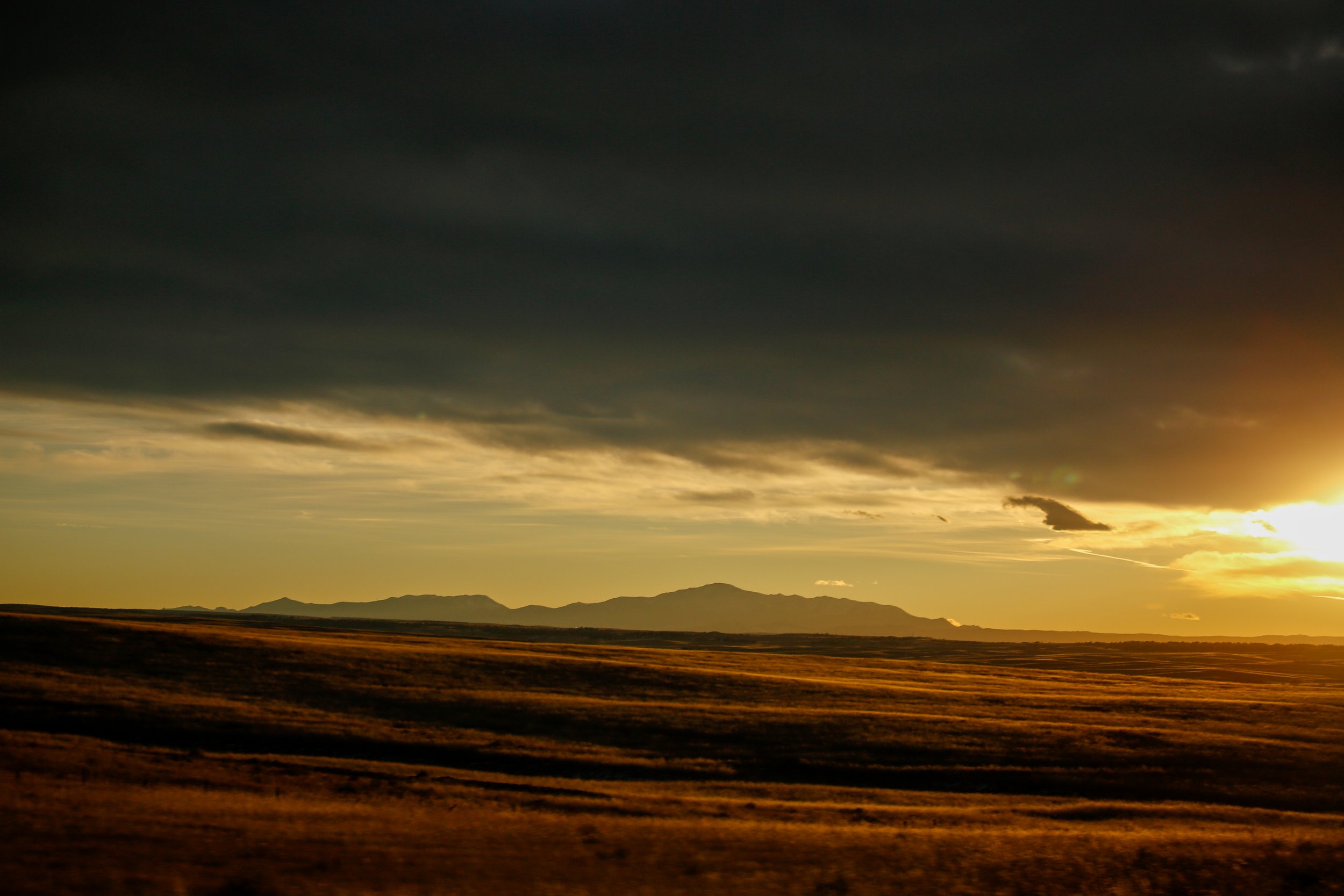
Here are some fun facts about our wonderful state
The Sandhills: Nebraska has one of the largest grass-stabilized sand dune regions in the world, covering about a quarter of the state.
Wild Weather: Nebraska sits in “Tornado Alley” — it experiences dramatic storms and twisters.
Big Skies: With its flat plains, Nebraska has some of the most stunning sunsets and stargazing skies in the country.
Chimney Rock: A famous landmark on the Oregon Trail, it’s been guiding westward pioneers since the 1800s.
Carhenge: Near Alliance, you can find a quirky replica of England’s Stonehenge made from vintage cars.
Home of Kool-Aid: Kool-Aid was invented in Hastings, Nebraska in 1927 by Edwin Perkins.
Buffalo Bill Cody: The legendary showman had a ranch near North Platte and started his famous Wild West shows here.
No Mountains: It’s one of the flattest states, but that means amazing sky views and lots of space to roam.
Some more fun information
Nebraska has five main types of wetlands, each with unique features and ecological importance:
Playa Wetlands
Where: Mainly in the Rainwater Basin (south-central Nebraska).
Type: Shallow, temporary wetlands that fill with water from rain and snowmelt.
Wildlife: Critical stopovers for millions of migrating waterfowl, especially ducks and geese.
Sandhills Wetland
Where: In the Nebraska Sandhills, the largest stabilized dune system in the Western Hemisphere.
Type: Mostly spring-fed lakes, marshes, and wet meadows.
Wildlife: Home to native fish, frogs, and nesting waterfowl — very rich biodiversity.
Riverine Wetlands
Where: Along rivers like the Platte, Niobrara, and Missouri.
Type: Wetlands that form in floodplains and oxbows (former river channels).
Wildlife: Support shorebirds, cranes, and fish — especially along the Platte during spring crane migration.
Saline Wetlands
Where: Only found near Lincoln, mostly in Lancaster and Saunders Counties.
Type: Rare, salty wetlands due to groundwater high in salt and minerals.
Wildlife: Support unique plants and endangered species like the Salt Creek tiger beetle.
Forested Wetlands
Where: In eastern Nebraska, especially along the Missouri River floodplain.
Type: Seasonally flooded bottomland forests and swamps.
Wildlife: Provide habitat for turtles, frogs, wood ducks, and migratory birds.
